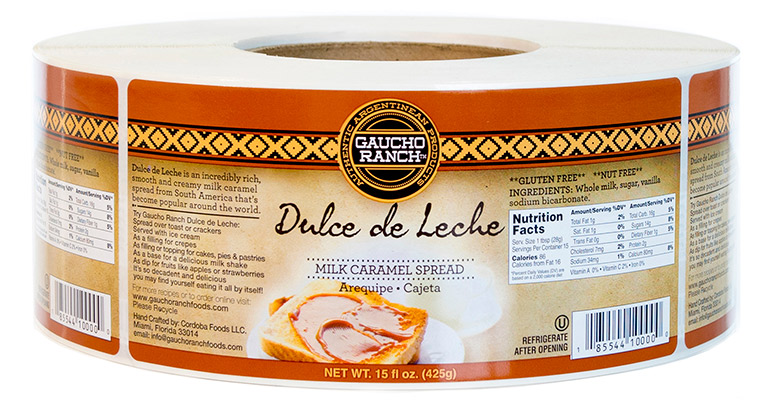
The “clean label” trend may have seemed like a fad at first, but over the last couple years it’s been spreading across a variety of food markets as demand increases for more simple and authentic products. If you haven’t heard of “clean labels” before, it’s a growing shift towards producing foods with shorter and more recognizable ingredients lists. Not only have ingredients come under more scrutiny, the way nutritional information is presented is changing as well. Packaged foods, however, aren’t the only ones experiencing a shift – fast food chains and restaurants are eliminating certain items from their menus due to nutritional concerns and consumer preference.
Whether you’re a food manufacturer considering going “clean” or a consumer curious to learn more about this trend, our article will help you gain a better understanding of clean labels.
What makes a “clean label”?
Food Label claims like “organic” and “natural” are defined by the Food and Drug Administration (FDA), but the same can’t be said for “clean label.” Although there is no legal definition, clean labels have several key components that distinguishes them from other food labels. Let’s see what those are so you can learn how to spot clean label products.
- Easy to understand: Before the clean label trend, long ingredients lists with hard to pronounce names were everywhere but that is starting to change. Clean label products make it easier to find and understand nutritional information, via shorter ingredients lists, front-of-package labeling, or scannable QR codes, so consumers can get a better idea of what’s inside the product’s contents.
- Honesty is the best policy: Disguising unhealthy ingredients with other names is becoming a thing of the past as more consumers demand transparency from food manufacturers on how and with what ingredients the food product is being made. Transparency by food manufacturers can not only help build consumer trust and attract them to buy the product, it can give manufacturers an edge over competitors who aren’t as forthcoming.
- Keep it simple: Recognizable ingredients are at the forefront of the clean label movement as consumers seek healthier food options that are more natural and made with fewer ingredients. Consumers want simplicity – not only when it comes to ingredients, but also in how that information is displayed. The drive for simplicity has changed label and packaging design. For example, it’s not uncommon to see minimalist designs with bold images of product ingredients like fruits, vegetables, and grains on the front of the package.
- Less of the bad stuff: Consumers’ growing distaste for processed foods loaded with additives, preservatives, allergens, and unhealthy ingredients has led to a rise in organic and “free from” products (e.g. gluten-free, dairy-free). These once considered specialty products are becoming more mainstream and forcing big food manufacturers to reformulate their products whether it’s by removing artificial food dyes, added sugars, or additives like MSG.
- Creates an emotional connection: Last but not least, clean labels create an emotional connection that engages consumers beyond the food aisle. While simple ingredients are definitely important, authenticity also plays a role in the clean label movement. Consumers crave products that are more homemade than mass produced.
As you can see, clean labels are more than what’s on the label – it’s the product itself that determines whether or not it’s “clean.” Health-conscious consumers are avid label readers and can tell the difference between products that are clean and those that use it as marketing. If you’re a food manufacturer who needs new or updated packaging labels for your clean label products, we can help you get started on that today.
Sources:
http://www.storebrands.info/clean-labeling-focus-what-consumers-really-want
http://www.naturalproductsinsider.com/articles/2016/03/clean-label-food-trends.aspx


